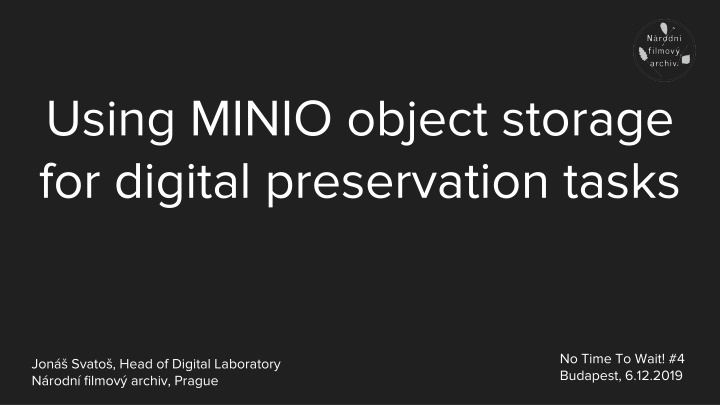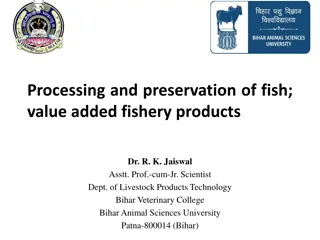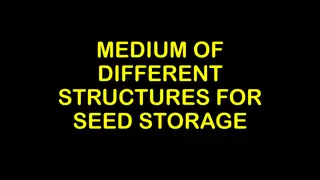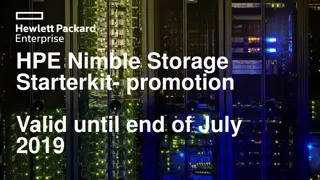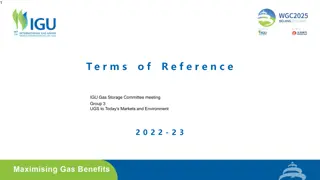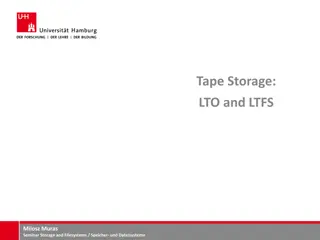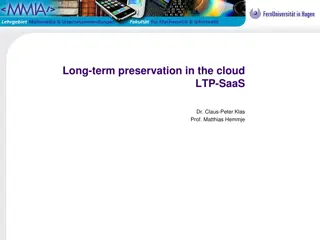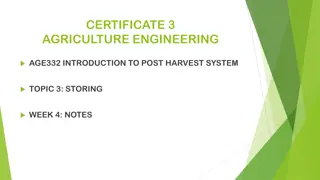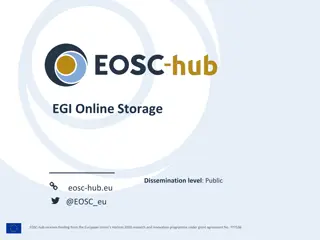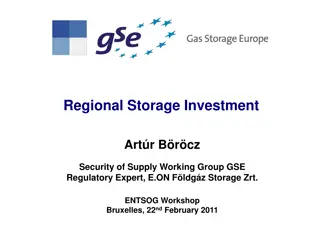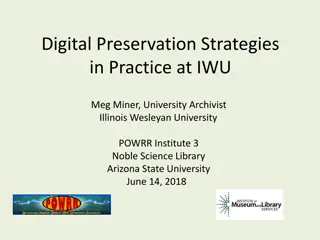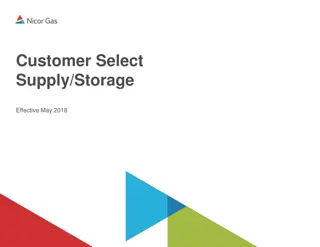Using MinIO Object Storage for Digital Preservation Tasks
Object storage is crucial for digital preservation tasks. MinIO, with its efficient data chunking capabilities, offers inherent redundancy and bit-rot protection. Learn how MinIO supersedes traditional file systems and RAID with its erasure coding feature, ensuring data integrity and high performance for preservation needs.
Download Presentation

Please find below an Image/Link to download the presentation.
The content on the website is provided AS IS for your information and personal use only. It may not be sold, licensed, or shared on other websites without obtaining consent from the author.If you encounter any issues during the download, it is possible that the publisher has removed the file from their server.
You are allowed to download the files provided on this website for personal or commercial use, subject to the condition that they are used lawfully. All files are the property of their respective owners.
The content on the website is provided AS IS for your information and personal use only. It may not be sold, licensed, or shared on other websites without obtaining consent from the author.
E N D
Presentation Transcript
Using MINIO object storage for digital preservation tasks No Time To Wait! #4 Budapest, 6.12.2019 Jon Svato , Head of Digital Laboratory N rodn filmov archiv, Prague
Motivation - - - - Traditional file systems do not scale well for AV SAN is complicated (and $$$) Redundancy or Performance? Pick one Microservices do not like filesystems
Whats an object storage anyway? - - - - - Data as objects, instead of files Object is UUID + data + metadata Web APIs as a storage abstraction (usually REST API) Top-level folder = Bucket Folders are just metadata Source: doc.aws.amazon.com
A word about security - - - - No more security by obscurity Whole data storage is accessible via REST API Access control via secrets present in every HTTP/S request Tighter access-control requirements
Multiple implementations, one API Hosted Amazon S3 Google Cloud Storage .. On-premise Ceph MinIO OpenIO
MinIO - - - - - - Do one thing, and do it well Written in Go, one binary Data chunking as a way towards parallelization Multi-GB/s speeds on commodity hardware w/spinning disks Inherent redundancy and bit-rot protection Both standalone and cluster-aware
Fixity - - - - - S3 API enforces checksum calculation and retention Data chunking speeds things up by calculating hashes in parallel MD5 hash function (so-2000 s) Hash in every HTTP response https://github.com/antespi/s3md5
Redundancy and bit-rot protection - MinIO supersedes RAID by employing Erasure coding - $ minio server /mnt/disk{1..32} Configurable redundancy (N/2 + 1 by default) - Even when half of drives +1, still able to write to it Uses HighwayHash internally (up to 10GB/s on single core) Automatic bit-rot detection and correction - - -
WORM mode - - Write once, read many Only read and write, no delete/move/overwrite
Classical Filesystem interface - - - - - For some workflows, filesystem interface is required S3 has a wrapper implementation (FUSE, mostly POSIX-compliant) Retains parallelization benefits Metadata access is expensive though (no DPX sequences please..) https://github.com/s3fs-fuse/s3fs-fuse
Tools - - - - - Native Web UI CLI client - mc S3cmd Cyberduck ..
Links - - - - - https://github.com/minio/minio https://docs.aws.amazon.com/AmazonS3/latest/API/s3-api.pdf https://github.com/google/highwayhash https://github.com/s3fs-fuse/s3fs-fuse https://github.com/antespi/s3md5
Thank you jonas.svatos@nfa.cz github.com/NFAcz
